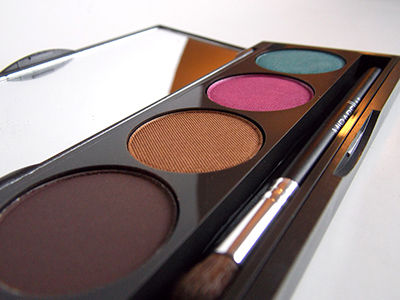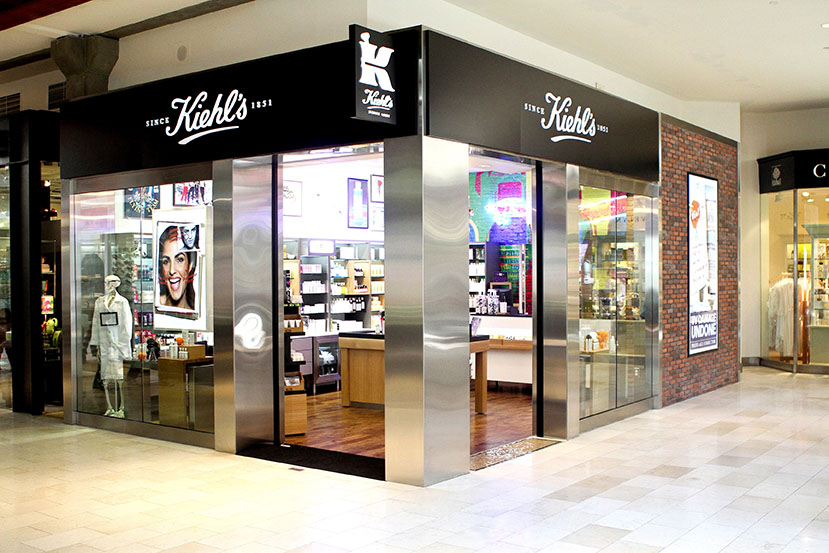In a world that’s attempting to find new solutions to make life, and luxury, more sustainable, beauty brands are increasingly experimenting with Paraben-free and silicon-free raw materials.
So, can ‘sustainable’ and ‘luxury’ co-exist?
This big debate has increasingly convulsed the luxury industry, particularly at a time when issues of sustainability continue to engage the world.
Having realized that true luxury has to be good for the buyer, for the environment and for the world, several luxury brands have begun focussing on how they can be sustainable, including some fashion and skincare brands. Besides, it pays great dividends too.
In January 2013, mineral make-up brand Mirabella Beauty, which boasts gluten, talc and paraben-free products, was invited to be part of the prestigious New York Fashion Week for the second year in a row. To top it all, the models loved its clean healthy formulae and the flawless airbrush effect it achieved.
Mineral makeup is wonderful if you want your face to shimmer and is often used on models when photographers are shooting a fashion spread; it looks beautiful under bright lights and photographs perfectly. Increasingly, brides and proms queens, who need to look good in photographs, are also opting for mineral makeup.
Most Indians grow up using natural and sustainable home remedies for skincare. Even today, Indians continue to use naturally available herbs and products like shikakai (a plant whose products are good for the skin and hair), coconut oil, henna and besan or gram flour for skin and hair treatment. Indian beauty brands like Shahnaz Husain and Biotique have leveraged this goodness of nature to create sustainable herbal products. More recently, brands like Kama Ayurveda and Forest Essentials have ventured into the luxury end of the indigenous beauty market.
Across the world, luxury consumers are now demanding sustainable skincare products, which also include beauty accessories. Advanced beauty tools like cruelty-free brushes made without animal hair and eco-friendly packaging are new concepts in beauty business. Among those who are creating sustainable beauty lines is actress Alicia Silverstone whose train case for cosmetics is made with natural hemp and recycled PET (a byproduct of recycled plastic bottles). Even the hand-tag is printed on tree-free stone paper and the design on the bag is non-toxic.
Brands, however, have extended their sustainable efforts beyond just products and are involved with charities working on sustainable issues. In April 2013, in honour of Earth Day, Kiehl’s, the New York-based purveyor of fine quality skin and hair care brand, donated $50,000 to ‘Recycle Across America’ (RAA), a charity supported by the brand since its inception. The brand has consistently been involved with activities related to conservation and protection of earth. Josie Maran Cosmetics, a 100 per cent organic argan oil-infused skincare brand, has been working with multiple charities like City of Hope and Ian Somerhalder Foundation.
Recognising the good work put in by skincare brands was the Sustainable Cosmetics Summit, organized by Organic Monitor in New York City from May 16 to 18, 2013. The summit brought together leading organizations working on making the cosmetics industry more sustainable. Discussions also covered the social dimension of cosmetic products. Dr. Bronner’s Magic Soaps, for instance, talked about how its fair trade sourcing projects have improved the lives of marginalized producers in Palestine and Sri Lanka. A large cosmetics company demonstrated how social value was created by CSR initiatives, human resources procedures, and customer-supplier relationships. In another presentation, Johnson & Johnson highlighted the challenges faced while juggling a diverse range of environmental and social issues in sustainability programs.
Clearly, in a world that’s finding new solutions to make life, and luxury, more sustainable, beauty brands will increasingly experiment with Paraben-free and silicon-free raw materials.





